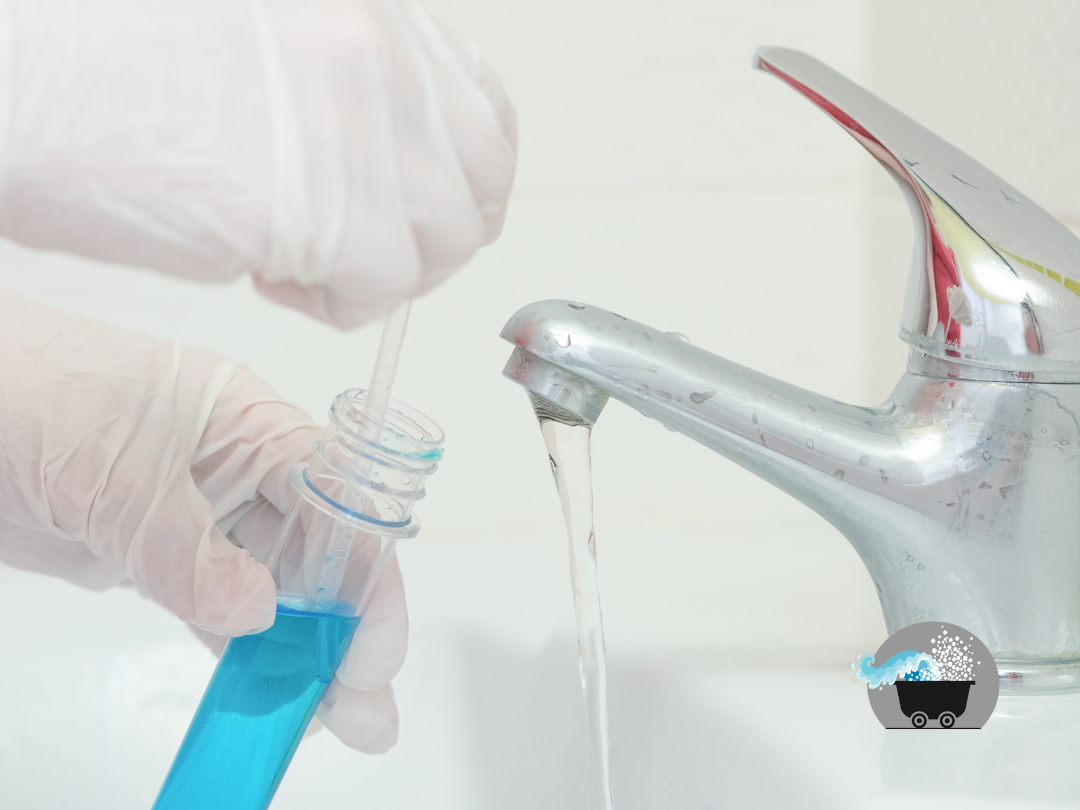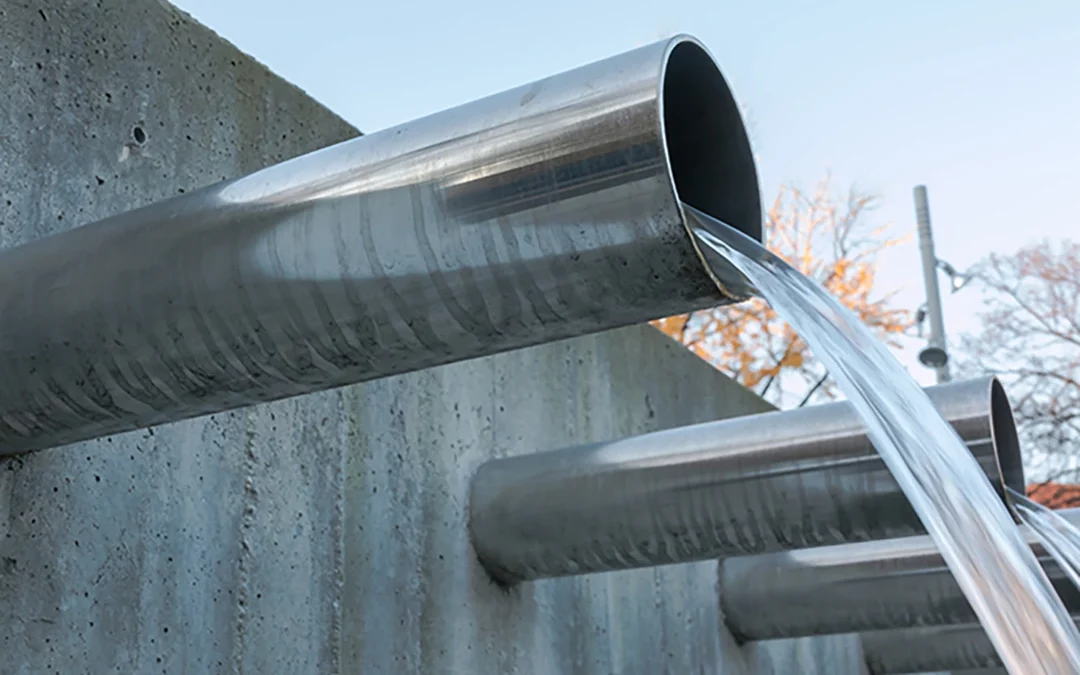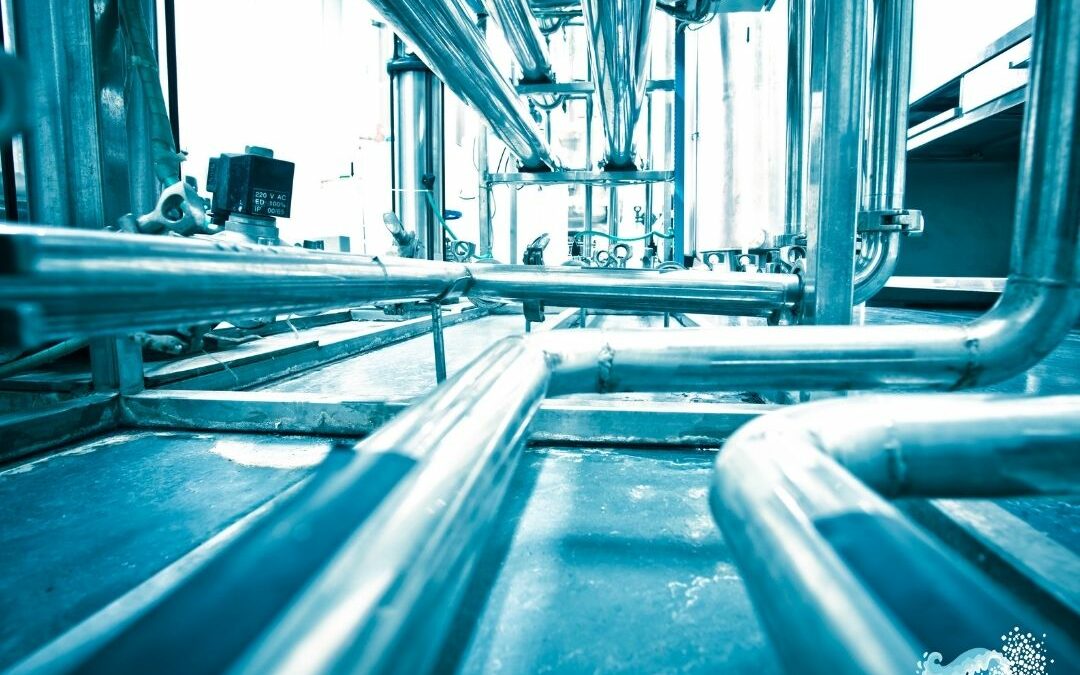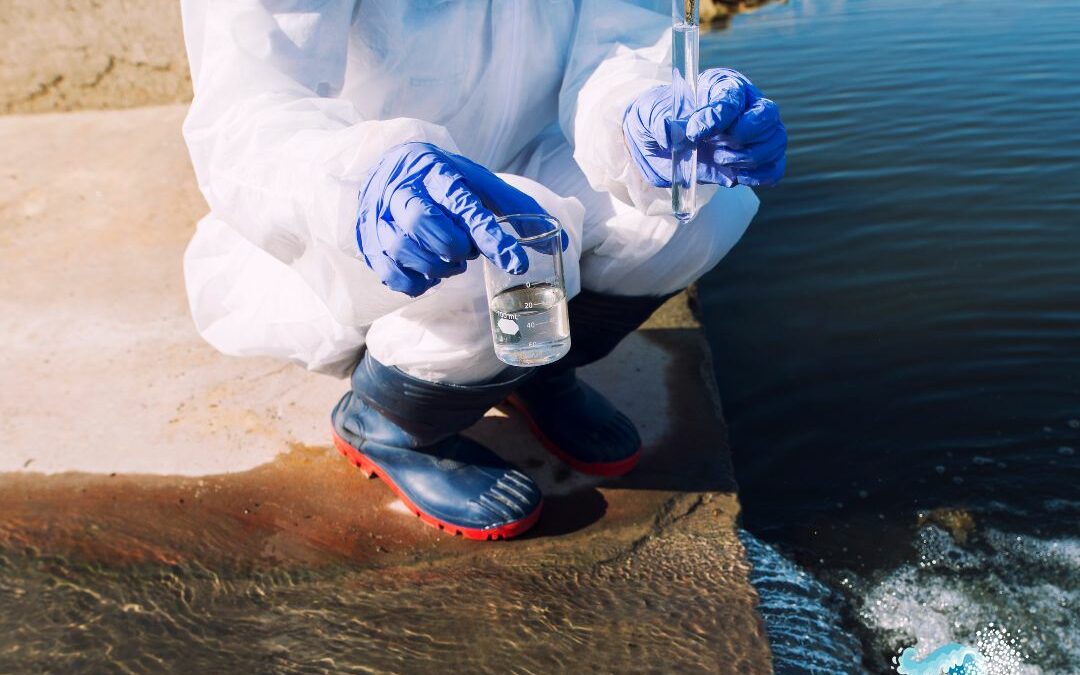What causes drinking water contamination?
So, where exactly does water contamination come from? There are quite a few answers to this important question but the end result is the same – unwanted substances make their way into drinking water supplies and make the water unsafe for humans to consume.
Here are some of the most common culprits behind contaminated drinking water:
- Natural disasters – Acts of nature such as hurricanes or floods can cause rivers and bodies of water to overflow their banks. The water then flows through the surrounding environment and picks up debris, chemicals, and other contaminants as it goes.
- Agricultural runoff – Fertilizers and pesticides may be useful for farmers to grow larger crops or get rid of unwanted pests. Depending on the composition of these applications, however, they could be harmful to humans when they contaminate groundwater resources which eventually make their way into local drinking water supplies.
- Industrial and manufacturing waste – Fortunately, the Environmental Protection Agency and other governmental bodies have enacted legislation that prevents the irresponsible disposal of industrial waste. Some waste byproducts, however, are not fully regulated and have recently come to light as potential water contaminators.
- Old infrastructure – Some pipes or conduits are made of lead or other metals no longer used in modern building practices. As they corrode or break down, toxic metals make their way into drinking water supplies.
- Water softeners – While residential and commercial water softeners help combat the effects of hard water, the salty brine they discharge is harmful for plants, animals, and humans. Chloride in wastewater treatment plants is an ongoing problem as water softener salt cannot be fully removed from water supplies before the treated water is sent back out into the community.
How to deal with or prevent contaminated drinking water
While we can’t prevent natural disasters that lead to unsafe drinking water, many of the other sources for contaminated drinking water CAN be controlled or eliminated altogether.
Here are some of the top ways you can protect yourself against water contamination at home, in the workplace, and in your community:
- Regular water testing – Local authorities are required to test municipal water supplies on a regular basis and release a water quality report to the community. This can help detect contaminated drinking water at the onset and perhaps prevent a widespread problem. If you get water from a private well, regular water testing is also advised.
- Drinking water systems – Many home and business owners take water quality into their own hands by installing a drinking water filtration system. This filters out many potential contaminants and leaves water tasting fresh and clean.
- Responsible waste management – As a whole, communities and businesses can practice responsible waste disposal so there’s less of a chance for harmful chemicals to make their way into local water supplies.
- Proactive technology – Devices such as the Salt Miner help to prevent contaminated drinking water by controlling pollution at its source. For salt-based water softeners and other brine-producing machines, the Salt Miner can be installed as a retro-fit add-on. Used salt is ‘mined’ out of the brine prior to discharge so it can be safely disposed of or recycled. This eliminates salt pollution at its source, effectively preventing groundwater salt pollution that would eventually affect drinking water supplies.
Together, we can preserve our freshwater resources so we can all enjoy safe drinking water for years to come. Contact us today to learn more about how the Salt Miner works or how you can invest in this state-of-the-art technology.





